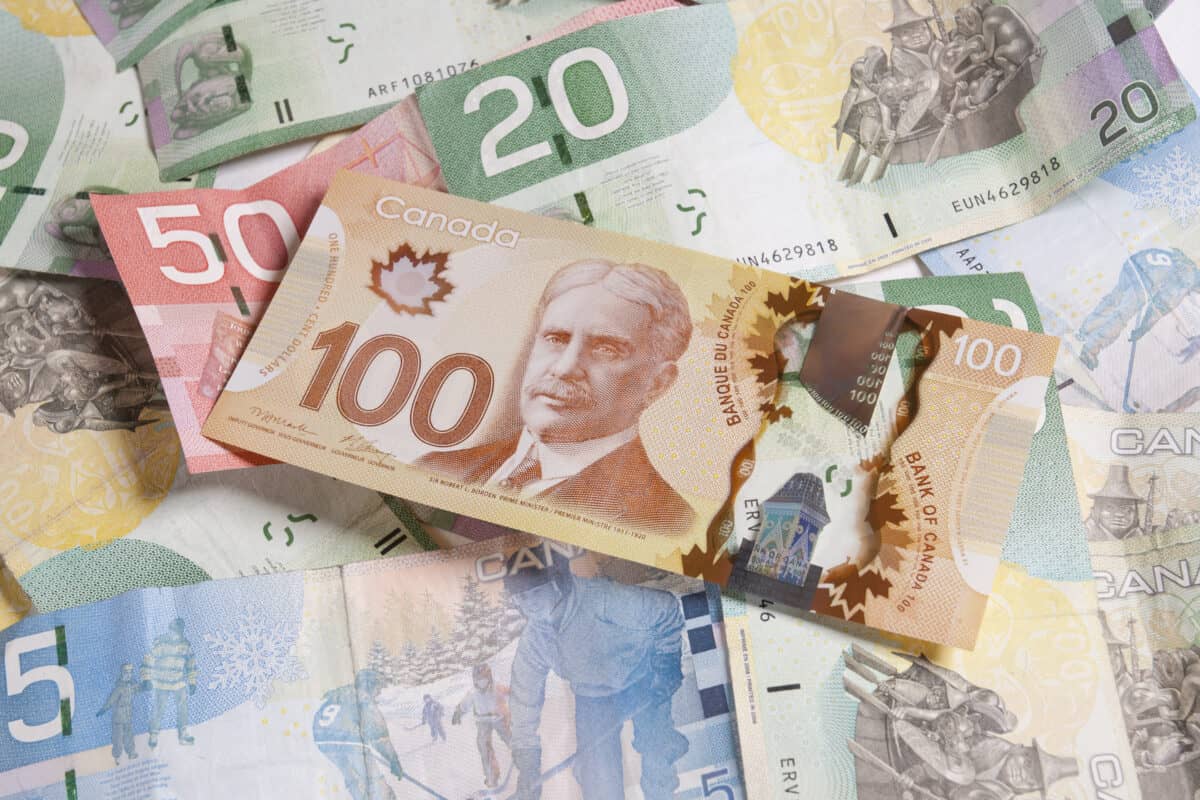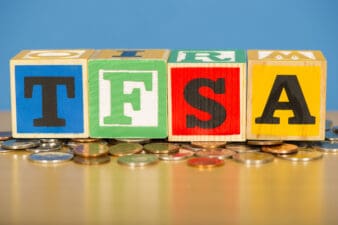If you haven’t opened a Tax-Free Savings Account (TFSA) yet, you absolutely should—this is one of the best financial tools available to Canadians.
Many people mistakenly use their TFSA to stash cash, but its true potential lies in its ability to shelter investments from taxes. Whether you’re interested in stocks, bonds, mutual funds, or exchange-traded funds (ETFs), any income generated within a TFSA—from capital gains to dividends—remains completely tax-free, even when withdrawn.
In today’s guide, we’ll explore the basics of how a TFSA works and how you can leverage an ETF to generate $500 per month in tax-free passive income.
How the TFSA works
Any type of gain in a TFSA—whether it’s capital gains from selling investments at a profit, interest earned from bonds or Guaranteed Investment Certificates (GICs), or dividends from stocks—is completely tax-free.
This means that not only do your investments grow tax-free, but you can also withdraw any amount at any time without tax consequences.
When it comes to contributions, the TFSA operates on an annual room system. Each year, you gain additional contribution room, and if you don’t use it, the unused room rolls over to the next year.
For 2024, the new contribution room is $7,000. It’s crucial to keep track of your contribution room to maximize your TFSA’s potential and avoid penalties for over-contributing.
The total available contribution room for anyone new to TFSAs in 2024 who has never contributed and has been eligible since its inception in 2009 would be $95,000.
How to generate passive income
To set your TFSA up for passive income on autopilot, consider investing in a dedicated monthly income ETF like Hamilton Enhanced Multi-Sector Covered Call ETF (TSX:HDIV), which, as of June 5, offers a 10.67% yield.
This ETF is particularly suited for income-focused investors as it holds eight other Hamilton ETFs, each employing a covered-call strategy.
Covered calls involve selling call options on stocks within the ETF. This strategy effectively trades the potential for higher share price appreciation for immediate, consistent income, making it a reliable income-generating tool.
Furthermore, to enhance the yield, HDIV also employs leverage, borrowing up to 25% of its value in cash. This can amplify the returns but also increases the risk and volatility of the investment.
Assuming HDIV’s most recent May monthly distribution of $0.171 and the current share price at the time of writing of $16.34 remained consistent moving forward, an investor using a TFSA would need to buy roughly $47,761.82 worth of HDIV, corresponding to 2,923 shares to receive around $500 monthly tax-free.
| ETF | RECENT PRICE | NUMBER OF SHARES | DIVIDEND | TOTAL PAYOUT | FREQUENCY |
| HDIV | $16.34 | 2,923 | $0.171 | $499.83 | Monthly |









